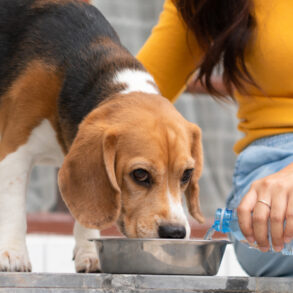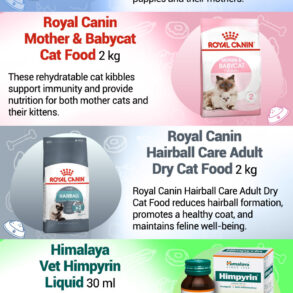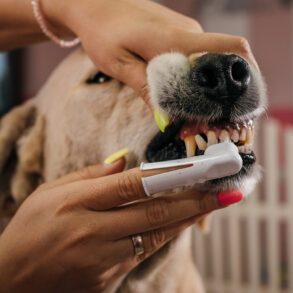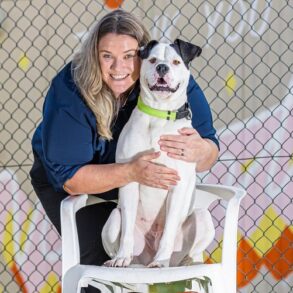Cats and dogs are not just pets. These lovable, four-legged creatures have become our closest companions and confidantes, with more than half of American pet owners now reporting that they consider pets as much a part of their family as a human member.
So, not surprisingly, more pet parents want to bring their furry friends along when they travel, including during the holidays. In response, the travel industry is now rolling out the red carpet for both human and animal guests, with offerings ranging from pet-friendly hotel packages to flights designed specifically for dogs.
“There’s been a clear uptick in travelers seeking to bring their pets along for the ride, and they’re sparing no expense,” says LaDell Carter, a Baltimore-based luxury travel advisor and the founder of Royal Expression Travels. “It’s no longer just a niche market, it’s a full-blown trend.”
If you need advice to help you make the right decision to take your pet along or not, and looking for tips to keep them happy and healthy while traveling for the holidays or an upcoming trip; animal and travel experts offer some guidance.
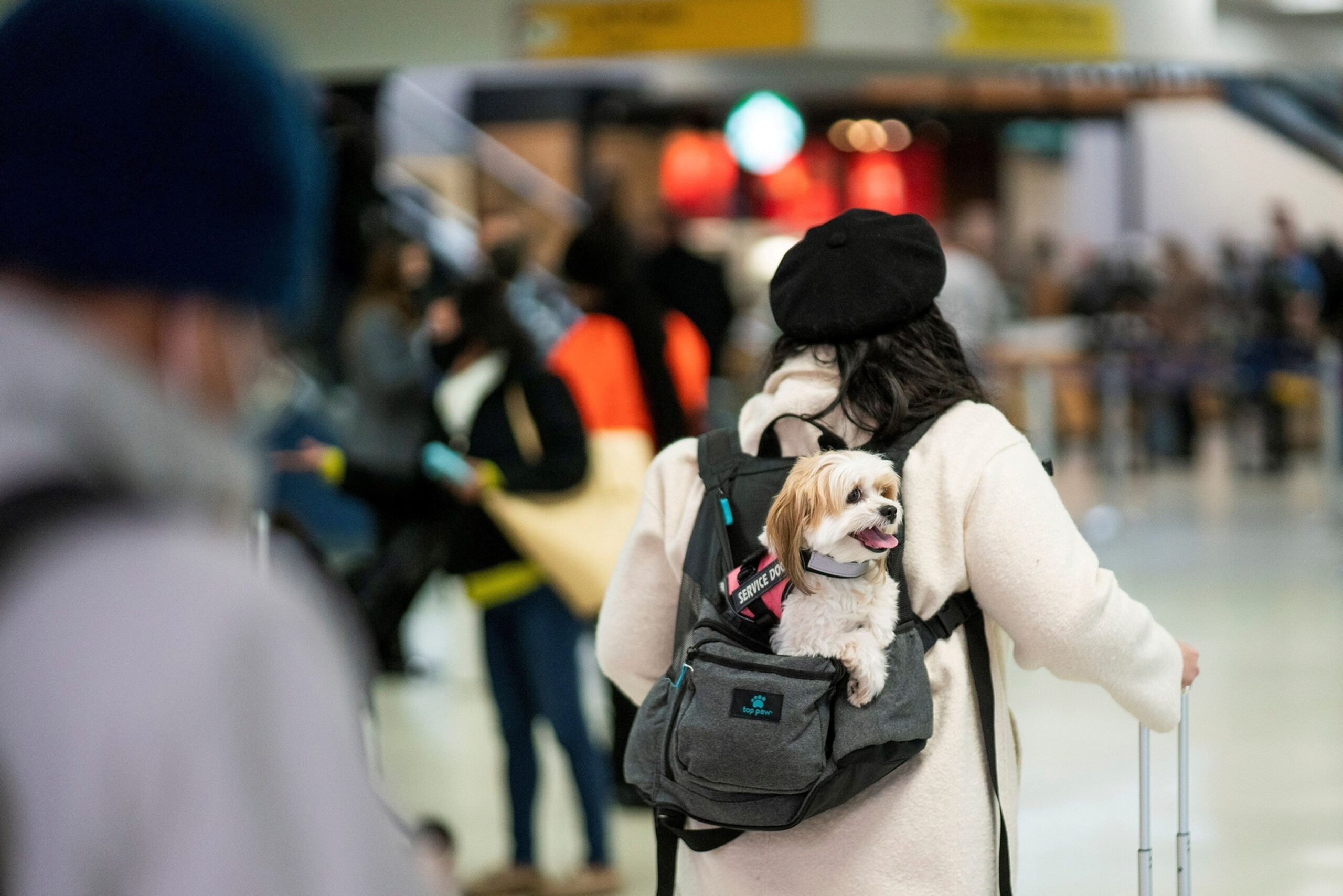
Pet owners should carefully consider whether traveling is really in the best interest of their four-legged friend, taking their pet’s preferences and personality into account. “Some animals have an adventurous spirit and love to travel while others don’t,” says veterinarian Lilian Wong. Photograph Eduardo Munoz/Reuters/Redux
Put your pet’s well-being first
Long before you start drafting a packing list, consider your pet’s well-being first. Though you may be excited at the prospect of bringing your pooch or kitty along for the journey, your pet may not feel the same way—and travel could be harmful to their health. This is especially true for senior pets or those with existing medical issues. You know your pet best, but it’s always a good idea to touch base with your veterinarian, says Lilian Wong, a veterinarian and clinical skills instructor at Oregon State University’s Carlson College of Veterinary Medicine.
Beyond your pet’s health, think about their preferences and personality. Are they an anxious homebody who thrives on routine, or more of a social butterfly who loves exploring? “It really depends on the animal,” says Wong. “Some animals have an adventurous spirit and love to travel while others don’t.”
Certain types of trips also lend themselves better to bringing pets than others—for example, a weekend camping getaway versus an international business conference. Imagine the entire travel experience—from the moment you leave home until the moment you return—from your pet’s perspective.
(Related: More travel tips on how you can travel safely with animals on a plane.)
Determine when to travel without your pet
Sometimes, the right decision may be going it alone. If you know travel will make your pet uncomfortable or that the trip just won’t be pet-friendly, consider hiring a pet-sitter or booking a kennel at a boarding facility instead. (And if you’re traveling over the holidays, make these types of arrangements as early as possible, because they tend to book up quickly.)
Wong recommends jotting down a list of pros and cons. “Many times, loving pet parents have the best intentions, but traveling can be stressful for some animals,” she says. “Animals might not understand all the sights and sounds of an airplane or a new city.”
Consider the mode of travel
If you’ve decided to bring your pet along, the next decision is how to reach your desired destination. If possible, Wong recommends road-tripping. “You can take as many breaks as you and your pet need,” she says. “You can drive to a nearby veterinary hospital if there is a medical emergency. When you are traveling on a plane, you don’t have that flexibility.”
Driving isn’t always possible or practical, so you might look into flying. But air travel for non-service animals can be complicated, since each airline has its own rules and requirements—and those rules can also vary depending on the departure and arrival destinations, the weather, the type of animal or breed, the pet’s age and vaccination status, and more.
Generally speaking, unless your pet is small enough to fit in a carrier underneath the seat in front of you for the entire flight, they will have to fly in the plane’s cargo hold. “This is a deal-breaker for many [pet parents],” says Brandi Munden, a spokeswoman for the American Kennel Club.
If you’re flying internationally (or to certain domestic locations like Hawaii), you will also need to read up on local animal import laws. Many require pets to quarantine, so depending on the length of your stay, it may not make sense to bring your pet. In addition, most airlines can only accommodate a handful of pets per flight, so book early and call to ensure there’s a spot for your pet.
If you can afford it, another option is flying private or semi-private, which Carter recommends to all of her clients. This mode of travel offers “the ultimate peace of mind,” she says. “Your pet can sit on your lap or even sometimes roam free in the cabin, with no worries about crates, size restrictions, or last-minute changes at the gate.”
A handful of airlines, including Bark Air and K9 Jets, offer private pay-per-seat charters specifically designed for pets and their owners. Private jet companies like NetJets and VistaJet, meanwhile, will also gladly accommodate pets. But be forewarned: These flights are not cheap, often costing several thousand dollars one-way. The private charters, which tend to be more affordable than a fully private plane, also only fly certain routes.
(Related: Traveling with pets overseas: A guide to some quirky rules.)
Planning a pet-friendly itinerary
Getting there is only one small piece of planning a pet-friendly trip. You’ll also need to think about lodging, logistics, social dynamics, and other factors once you arrive. “Consider if you can manage the extra responsibility of caring for your pet while traveling,” says Munden.
Ask yourself these and other questions:
- Does your hotel or vacation rental allow pets? And, if so, do they have any special fees or rules? Many hotels only allow a certain number of pets per room, and some have breed restrictions. Others prohibit pets from being left alone in guest rooms, which means you’ll need to bring your pet everywhere you go.
- What’s on your itinerary, and how pet-friendly is the destination? Will your pet spend the entire day cooped up in a strange place while you’re out and about, or will you be able to bring them with you to shops, restaurants, and activities?
- If you’re staying with family, do they have a setup that’s conducive to pets (and, more importantly, does your family even like pets)? How does your pet react around children or other animals?
- If your pet has a medical issue, where’s the closest veterinarian and how will you get there?
Preparing for the trip
Once you’ve finalized the details, give yourself ample time to prepare for your pet-friendly trip. If you’re traveling internationally, you’ll likely need to find and visit a U.S Department of Agriculture-accredited veterinarian who can sign off on the required health certificates, says Wong. This process can take weeks or months, so start early. “Many pet owners don’t realize how much advanced planning is involved,” she says.
In addition to packing your belongings, remember to leave room for your pet’s necessities, says Munden. This includes food, treats, any medications, leashes, harnesses or collars, water bowls, dog beds, toys, litter and litter boxes, and any crates or carriers. Also bring a paper or digital copy of your pet’s vaccination records, as well as any required documentation for traveling with a pet.
Especially if this will be their first time traveling, it helps to familiarize your pet with the upcoming situation. If you’ve purchased a new pet carrier, for example, start using it at home. Before a road trip, spend some time driving around so your pet feels comfortable in the car. Once you arrive, give them some time to get acclimated—and unpack their favorite blankets or toys right away to help make the space feel more like home, says Munden. Be sure to pet-proof the space, too, and, for dogs, always keep poop bags at the ready. “Block off any area you don’t want them to access,” Munden adds. “Be respectful by cleaning up after your pet.”
Be flexible
A common phrase that travel professionals often say: “Pack your patience.” This adage is especially true when traveling with pets, which are living, breathing creatures with minds of their own. Go into the trip with a mindset that at least one thing will go wrong (or at least not exactly as you anticipated) and always have a back-up plan. Set your expectations appropriately so you don’t become frustrated or disappointed and do more research than you think is necessary.
And if you don’t want to leave anything up to chance, Carter recommends working with a travel advisor. She explains, “We make sure all the logistics are handled, so all that’s left is enjoying the journey together.”
This post was originally published on this site be sure to check out more of their content.









